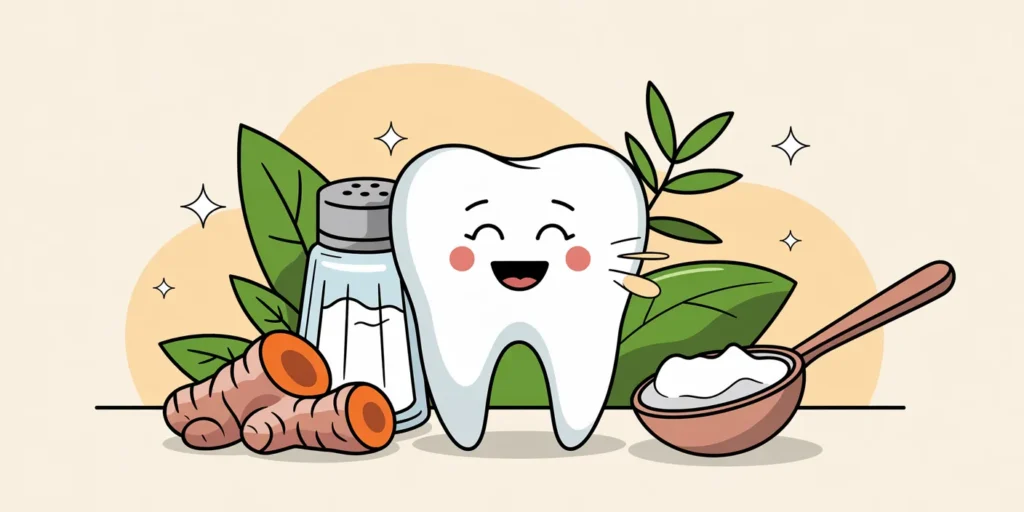How to tighten a loose tooth at home is a common concern, especially for adults experiencing early signs of gum disease or trauma. While severe cases require professional dental care, minor looseness can sometimes be managed at home with proper techniques and consistent care.
In this guide, you’ll learn how to tighten a loose tooth at home using practical, safe, and natural methods. We’ll explore the causes, prevention strategies, and home-based remedies that can help stabilize a shaky tooth before it worsens.
Common Causes of a Loose Tooth
Understanding why a tooth becomes loose can help you choose the best treatment.
Gum Disease and Inflammation
The most frequent cause is periodontal disease, where the gums recede due to bacteria buildup, loosening their grip on the tooth.
- Symptoms include bleeding gums, bad breath, and swelling.
- Regular brushing and flossing are critical to prevent further damage.
Tooth Injury or Trauma
Physical impact from sports, accidents, or even biting hard objects can cause a tooth to loosen.
- Ice packs reduce swelling.
- Soft foods can prevent further strain on the tooth.
How to Tighten a Loose Tooth at Home Naturally

If the issue is minor, these home remedies may help you regain stability.
Salt Water Rinse
A natural disinfectant, salt water reduces inflammation and encourages healing.
Instructions:
- Mix 1 tsp salt in a glass of warm water
- Rinse your mouth twice a day
- Avoid swallowing
Oil Pulling
Oil pulling with coconut or sesame oil helps remove toxins and strengthens gum tissues.
How to do it:
- Swish 1 tbsp oil in your mouth for 15-20 minutes
- Spit and rinse with warm water
- Practice daily before breakfast
Turmeric Paste
Turmeric is anti-inflammatory and can reduce gum irritation.
Steps:
- Mix turmeric powder with water into a paste
- Apply gently around the loose tooth
- Leave for 5 minutes, rinse
- Use 3–4 times a week
Strengthen Teeth and Gums with Lifestyle Changes
Maintaining oral health is key to preventing tooth mobility in the future.
Improve Oral Hygiene
Brush twice daily with a soft-bristle toothbrush and fluoride toothpaste. Don’t forget to floss!
Pro Tip: Consider using an antimicrobial mouthwash for added protection.
Eat Tooth-Friendly Foods
Foods rich in calcium, vitamin D, and phosphorus support strong teeth.
Examples:
| Nutrient | Foods |
|---|---|
| Calcium | Milk, cheese, leafy greens |
| Vitamin D | Egg yolks, fish, sunlight |
| Phosphorus | Nuts, legumes, whole grains |
Avoid sticky candies and acidic beverages that weaken enamel.
Quit Harmful Habits
Do you grind your teeth at night or smoke? These habits can worsen the condition.
- Try a nightguard for bruxism
- Seek help to quit smoking – your gums will thank you!
When to Seek Professional Help
While it’s good to know how to tighten a loose tooth at home, it’s just as important to know when to visit a dentist.
- If the tooth is very loose or painful
- If the gums bleed heavily or ooze pus
- If home remedies show no improvement within a week
Ignoring serious symptoms can result in tooth loss or infections.
Final Thoughts: Take Action Early
Now that you know how to tighten a loose tooth at home, the key is consistency and quick action. Early intervention with home care methods like oil pulling, salt water rinses, and oral hygiene improvements can make a big difference.
Have you tried any of these remedies before?
Which method worked best for you?
Share your experience in the comments and let’s learn together!

